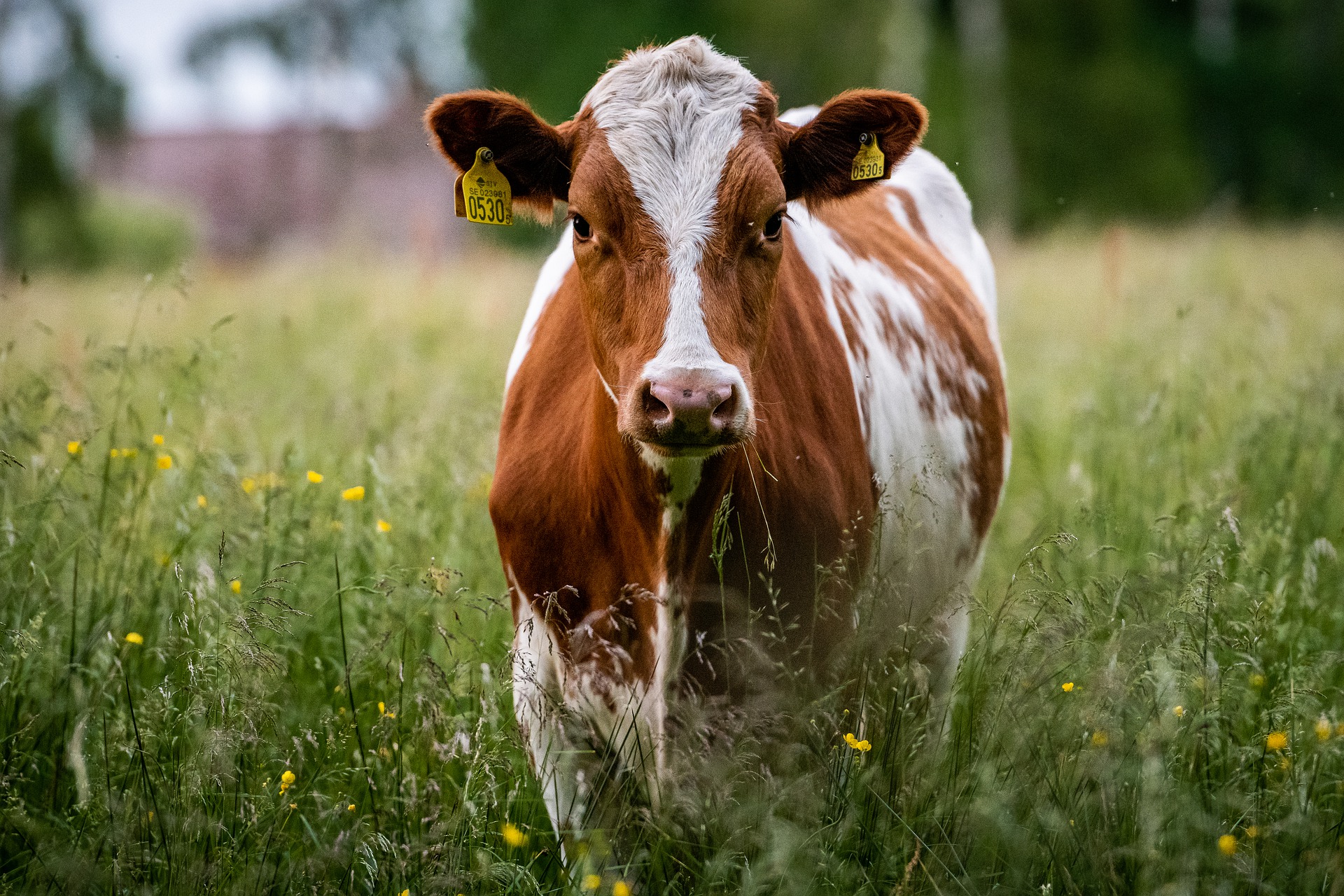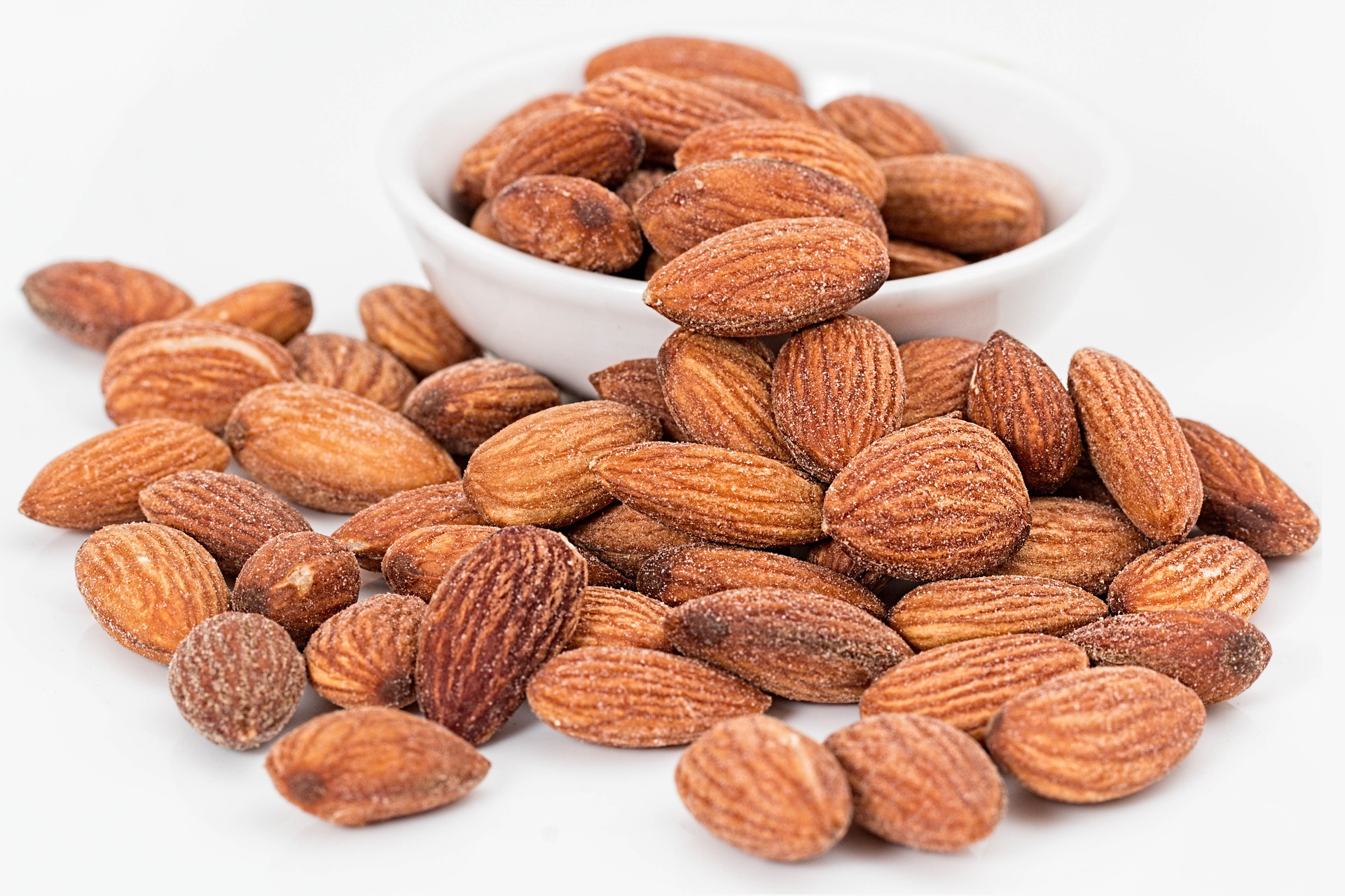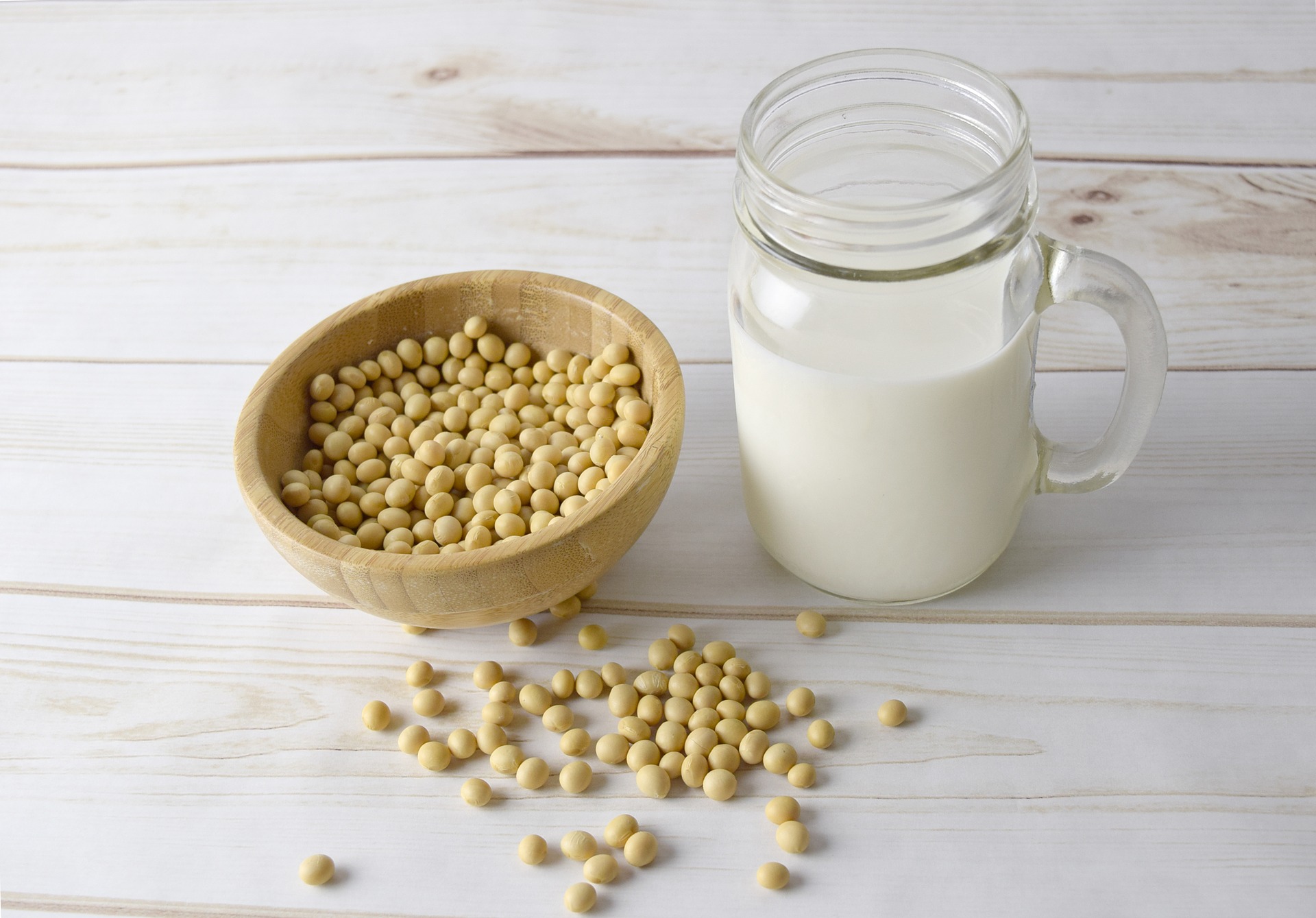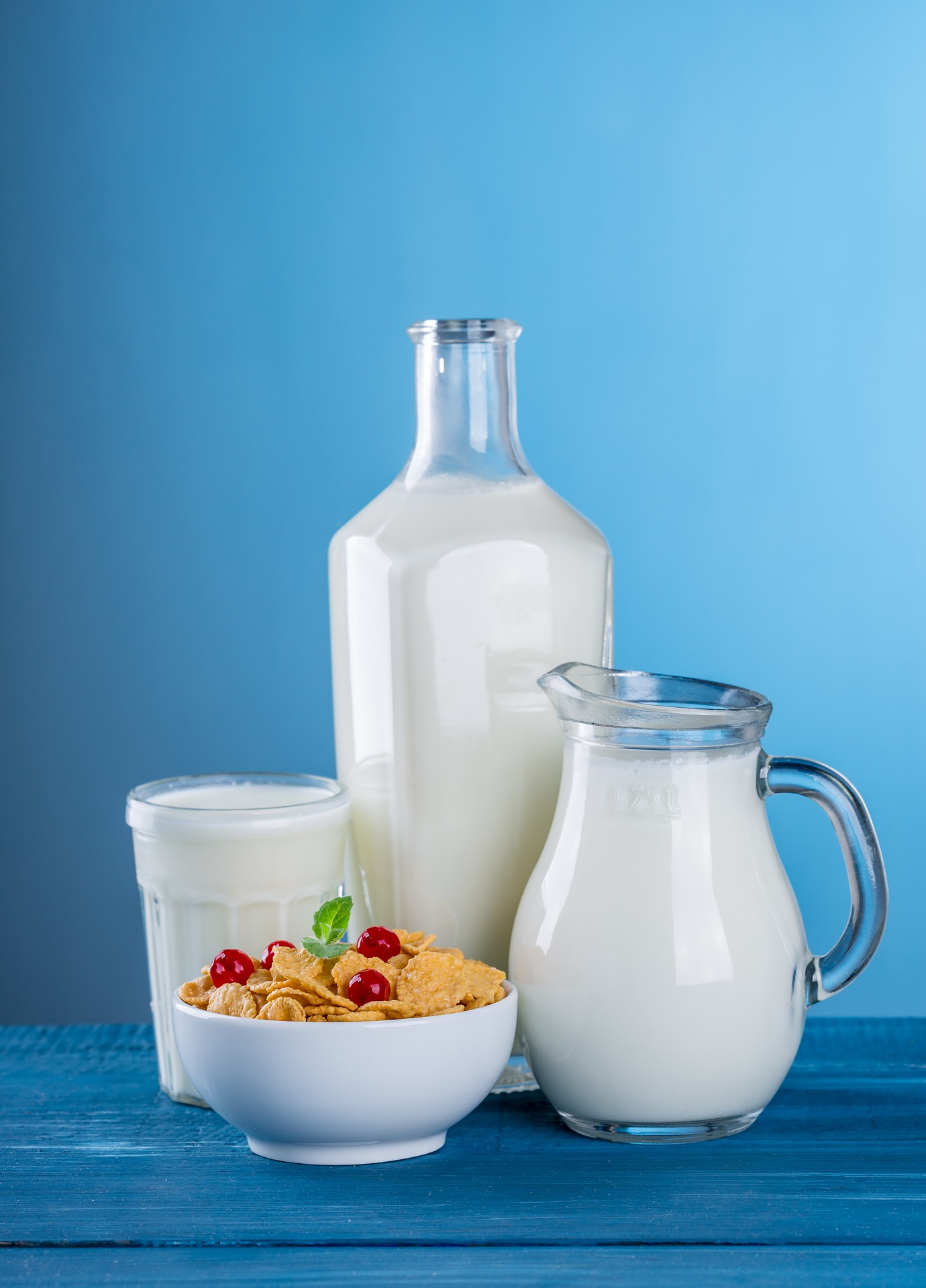Nowadays, you go to your local grocery store and you’ll see a plethora of milk and milk alternatives. This is an excellent thing for lactose intolerant people and for us vegan and environment-conscious adults because we have a choice in what to consume, and making dairy-free milk more available is a way to let people decide on what to spend their money on. Cow milk is very detrimental to our environment and creates a tremendous amount of carbon and methane, but this doesn’t mean that all milk alternatives are good for the environment. Though, if you had to choose between the two, tend dairy-free milks are the better alternative for mother Earth. So, without further ado, let get in this list and see how good or bad certain milk and milk alternative are for our planet.
Milks and their impact on society
1. Cow’s milk

This is one of the most damning milk for our environment, but as someone who has had milk a lot in their life, I can tell you that nothing beats cow’s milk and dairy cheese, and it was one of the things that made me struggle into adopting the vegan lifestyle. But, I couldn’t bear the amount of water it takes to raise a cow, which is not good for the environment. Cows are responsible for 3.4% of global gas emissions, and it takes 30 to 50 liters of water per day to raise one single cow. However, it should be noted that it is the cheapest and most accessible kind of milk on the market even though it is the worst kind of milk for our environment. They produce 3 times as much carbon emission and require 9 times as much land than any dairy-free milk to create. Cattle emit 14.5% of all greenhouse gases and are responsible for 62% of carbon emissions produced by the food industry.
2. Almond milk

This is a viable milk alternative because it has a low carbon emission, but it requires a great deal of water to grow almonds. It takes on average 1.1 gallons of water to grow one single almond, and they’ve gained in popularity in the past decade and are delicious and vegan-friendly. It produces 80% less carbon footprint than cows, but the increase in its popularity has increased in its production, and farmers use a high quantity of water and pesticide to do so, and this is really harmful to the environment and honeybees. 80% of the world’s almond supply is grown in Californian and takes up about 10% of the state’s freshwater supply, and is one of the causes of drought.
3. Soy milk

This is my favorite milk alternative out there, partly because I’ve been drinking soy milk since I was very young, but it is also one of the most environmental friendly dairy-free milks out there. It should e noted that it produces and emits significantly less carbon than cows and uses about 1/3 of the water amount required to produce dairy milk. It is the dairy-free milk that most lactose-intolerant people consume and is also the most accessible and common milk alternative on the market currently. Soy requires minimum water and pesticide to grow and is a very versatile crop that is stated to be one of the most sustainable dairy-free milk out there. One of the potential drawbacks of soy milk is deforestation because certain parts o the Amazon are cleared for soy plantation. However, this is a quick fix; you just have to buy ethically sourced milk and isn’t damaging to the Earth because this would be counterintuitive.
Remember, even though you might think you aren’t making an impact on Earth, it is one same step for humankind, but it is a giant step for the preservation of mother nature. Sound off in the comments section below and tell us your favorite milk alternative.
